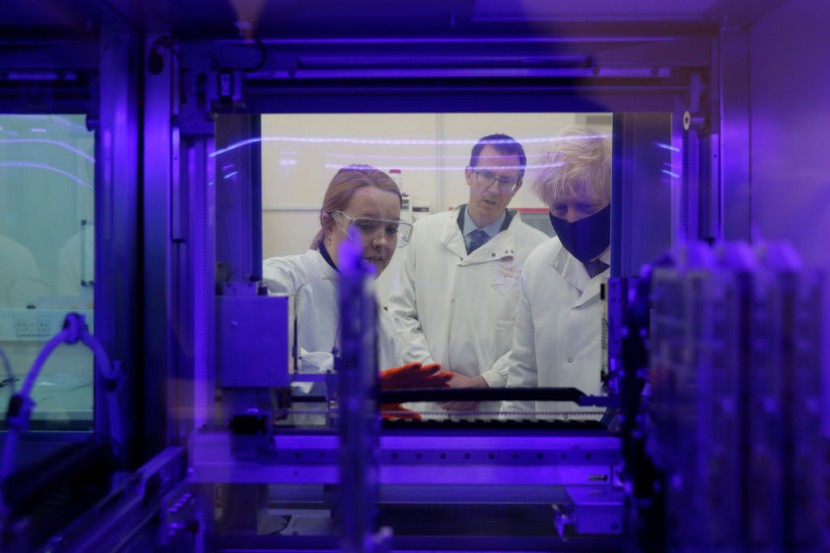
Scientists fear that a new COVID-19 sub-variant is more contagious than Omicron have been bolstered by maps depicting the distribution of the virus in the United Kingdom.
BA.2 is a sub-variant of Omicron that has many of the same traits as Omicron 2 but with a variety of mutations. "Omicron's sister," "Omicron's brother," and "Omicron's son" have all been used to describe it.
You get the point: it's closely connected to Omicron, regardless of which family member you like. BA is a term used to describe a group of people. More than 40 nations have now been identified as having two sub-variants, with Europe being the most common. In Denmark, for example, where it has surpassed the original Omicron variety, it now accounts for over half of all COVID-19 cases.
Britain under threat of new variants
In the United Kingdom, this has not happened yet. However, it can be seen in the graphs that it is rapidly increasing. As part of its research into the spread of COVID-19 variants in the UK, the Wellcome Sanger Institute has generated this map.
At the start of the month, 2 was essentially non-existent in the United Kingdom. After a fortnight, there are hotspots throughout the nation. There were 186 occurrences of the sub-variant by January 1, around 1700 the following week and 4400 the following week, according to the institution, as per News.
Dr. Tom Peacock, a virologist at Imperial College London, is sure that the new sub-variant is not a cross between Delta and Omicron. Since November, the strain, Omicron BA.2, has been discovered more than 420 times in the United Kingdom, with instances spreading to other regions of Europe and India.
The UK Health Security Agency categorized BA.2 as a "variant under investigation" last week (UKHSA). With early clues showing it might be even more transmissible than the dominant form of Omicron, known as BA.1, but no more dangerous, we still have a lot to learn about the mutation.
New Omicron variant BA.2 spreads quickly
With almost 6,400 confirmed cases, Denmark appears to be the hub of the new variety, according to global statistics. However, doctors have stated that there is no need to be concerned and that new mutations are constantly expected, according to Mirror.
Although there are three Omicron lineages (BA.1, BA.2, and BA.3), according to the WHO, only BA.2 seems to be surpassing the original strain. Until now, the UKHSA hasn't been able to pinpoint where it came from. The agency revealed that it has found the strain 426 times, suggesting that the proportion of cases made up by BA.2 was still 'low'. So far, most cases have been reported in London (146) and the South East (97).
Because of one of the variant's unique characteristics - a deletion of the spike "S" gene - it was quite straightforward to trace Britain's Omicron boom. A common PCR test, known as genome sequencing, might be utilized to detect a strain without the need for a long laboratory examination.
Because the Omicron variant did not have the same PCR "S-gene target failure"impact as the other strains in circulation at the time, including Delta, the deletion allowed them to stand out. With BA.2, however, this does not appear to be the case. If someone with BA.2 has COVID-19, PCR testing will still detect it. BA.2 samples, on the other hand, will need to be sent to a lab for further testing to see if anyone has caught that particular lineage.
As part of the UK's pioneering surveillance program, original Omicron samples are still handed on. However, according to scientists, there is no reason to be excessively concerned about the strain, as per Mail Online.
@YouTube
© 2025 HNGN, All rights reserved. Do not reproduce without permission.








